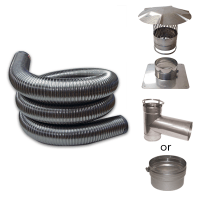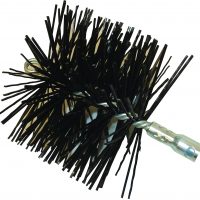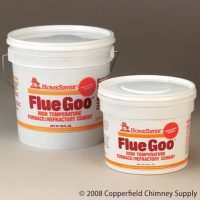More and more people are going with gas log fireplaces as home heating options. There are multiple options available in these, starting from gas stoves that stand on their own to mounted wall units. What many people don’t know, however, is that unlike traditional chimneys, the residue from these fireplaces are not always vented outside. There are vent-free models as well as vented ones that you should know about before you buy.
Vented gas log fireplaces
Gas logs in vented fireplaces burn with flames that are yellow and look like the flames in fireplaces that burn wood. These units can use logs that burn both propane and natural gas as fuels. There are different kinds of vents fitted in these to remove the residual gases produced by the logs when they burn.
There are many ways to let out the dangerous gases that can collect in your modern gas log fireplace, like a traditional chimney in an old-fashioned furnace. You can replace the wood in your old fireplace with vented gas logs. However, remember to burn these with the damper in the open position. Also, make sure that your chimney flue is in top condition. Make sure it is clean and undamaged and that it draws air effectively to burn the logs. Clean the chimneys if you have burnt wood in the furnace before.
If your home does not have the option of venting gases from a chimney at the top, you can install a system of twin pipes through your wall to help in supplying air to the fireplace.
Vent-free units
These units have blue flames, and burn fuel almost completely. Therefore, the amount of carbon monoxide released is less than traditional wood fireplaces, as well as less soot produced. However, in certain situation you may not be allowed to install a vent-free unit.
The hot flames in the vent-free have low carbon monoxide levels, and usually have a sensor that detects the level of oxygen in the room. It turns the unit off if the amount of carbon dioxide in the room reaches harmful levels. These units produce a great amount of heat, so they should be placed away from flammable substances such as curtains. Always have some way for fresh air to enter into the room.






